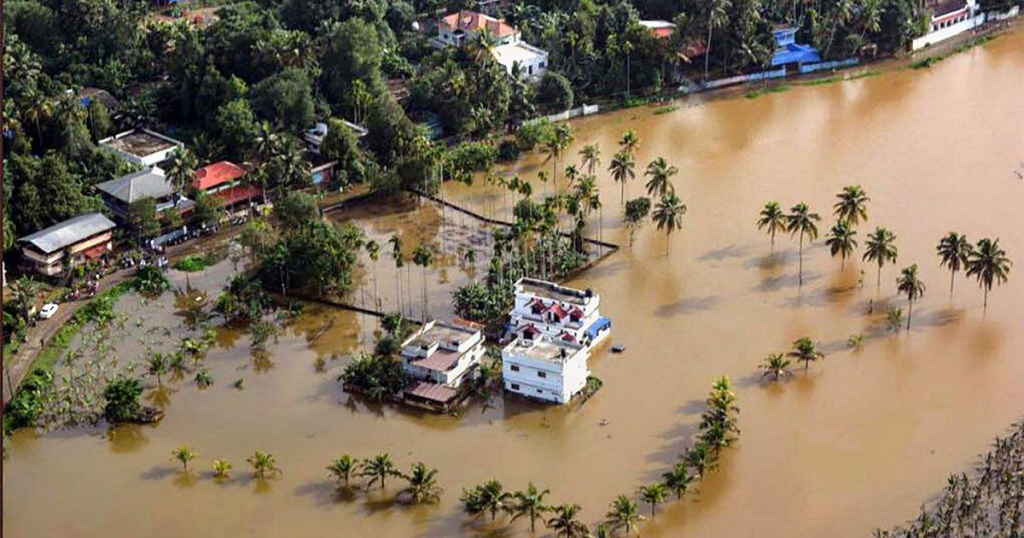
Flooding is a common challenge in many parts of India, especially during the monsoon season. For communities in flood-prone areas, effective water storage is essential not only for disaster preparedness but also for sustainable living. Here are some practical tips for storing water safely and effectively in such regions.
1. Understanding Water Needs
Before setting up a water storage system, it’s crucial to assess your household’s daily water requirements. On average, an individual needs about 15-20 liters of water per day for drinking, cooking, and sanitation. Multiply this by the number of family members to estimate the total requirement. In flood-prone areas, it is advisable to have a reserve that can last at least a week, which could mean storing anywhere from 1,000 to 2,000 liters, depending on the family size.
2. Choosing the Right Storage Containers
Selecting appropriate containers is vital for safe water storage. Use food-grade plastic or stainless steel containers to prevent contamination. Do not use containers that have been used for chemicals or non-food products. Instead, opt for dark or opaque containers to minimize light exposure, which can help inhibit the growth of algae. Ensure that all containers have tight-fitting lids to keep out insects and debris.
3. Elevating Storage Tanks
In flood-prone areas, it’s important to elevate your water storage tanks. This can be achieved by placing the tank on a raised platform made of concrete or sturdy blocks. Elevating the tank helps prevent contamination from floodwaters and allows for gravity-fed water distribution, which can be particularly useful during emergencies.
4. Regular Maintenance and Cleaning
Maintaining your water storage system is essential to ensure the safety of the stored water. Clean your storage tanks and containers at least twice a year. Use a mixture of water and a small amount of bleach (1 teaspoon per gallon) to disinfect the tanks, and rinse thoroughly afterward. Regularly inspect for any signs of wear or damage, and replace containers as needed to prevent leaks or contamination.
5. Implementing Rainwater Harvesting
Rainwater harvesting is a sustainable practice that can significantly benefit flood-prone areas. Install a rainwater harvesting system that channels runoff from roofs into storage tanks. This not only helps store water but also reduces surface runoff, which can exacerbate flooding. Ensure that the collection system includes filters to keep out debris and mosquitoes. Regularly clean the filters to maintain water quality.
6. Creating a Backup Supply
During severe flooding, municipal water supplies may become contaminated or unavailable. Therefore, having a backup water supply is crucial. Consider investing in water purification tablets or filters to make sure that water can be safely consumed even if it comes from questionable sources. Boiling water is also an effective method for disinfection, especially in emergency situations.
7. Community Cooperation
Communities in flood-prone areas can benefit significantly from cooperative water storage solutions. Setting up community water storage facilities can ensure that everyone has access to clean water during emergencies. Community-based initiatives can also involve sharing resources, such as rainwater harvesting systems or purification tools, which can reduce individual costs and enhance preparedness.
8. Staying Informed and Prepared
Stay informed about weather forecasts and local flood warnings. Having a well-prepared emergency plan that includes water storage strategies can make a significant difference during a flood event. Regular drills and awareness programs within the community can ensure that everyone knows how to access and utilize stored water effectively during emergencies.
Conclusion
Water storage in flood-prone areas of India is not just about immediate needs; it’s also about long-term sustainability and safety. By implementing these tips, communities can better prepare for the challenges posed by flooding, ensuring access to safe and clean water even in times of crisis. Proper planning, community cooperation, and the use of sustainable practices can transform how residents manage water resources in these vulnerable regions.


